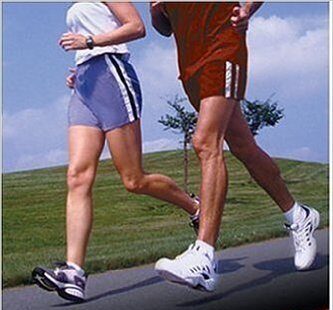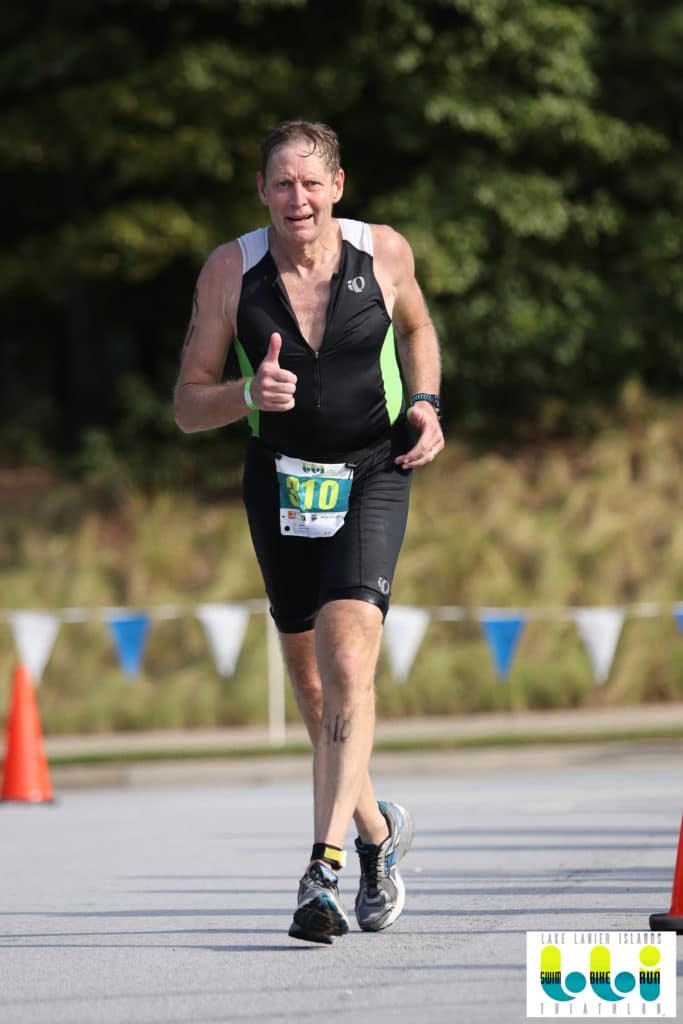Masters Running: What Hal Higdon Teaches About ‘Moving Young‘

A review of “Masters Running: a guide to running and staying fit after 40”, Hal Higdon, Rodale Press ©2005.
Staying active as we age is one way to not only live longer but with higher quality. Of the 500 respondents to a survey of runners, 93% indicated that they ran to stay fit.
In his book “Masters Running”, Hal Higdon shares advice from his life as a runner. Lessons from his experience will help you become a better runner and decrease the inevitable effects of aging.
A Little Background
Running is my weakest leg of a triathlon.
I could resign myself to the fact that, according to Dr. David L. Costill, I had simply failed to “carefully select my parents”. However, I don’t just want to participate in triathlon. I want to compete in the sport. For this reason, I have read several books on running and am following a run training program from “Run Less, Run Faster” by Bill Pierce et al.
However, I found the advice from Hal Higdon particularly useful when I started running around 10 years ago. I have also followed his ideas for the times I have restarted running after an injury or extended time away from running.
About the Author of “Masters Running”
Hal Higdon is a competitive runner and has been since he was in college at Carleton College in Northfield, Minnesota. He continued to run after college and competed internationally at Masters (over age 40) events.
However, despite his own accomplishments, he was struck by 91-year-old Duncan MacClean who he described as ‘moving young’ despite his age. As Higdon wrote, cosmetic surgery and hair color can change our appearance, but unless we stay active, the first time we move, we will give away our age. Celebrated USA Triathlete Tony Schiller made a similar comment during our conversation.
In the book, Higdon shares the results of academic research that, in the late 1970’s, documented what we now take for granted, that those who remain active, live longer on average. The more strenuous the activity the greater the effect. Swimming, biking, and running are among the activities that have the most impact on longevity.

Sprint to the finish line at the Lake Lanier Islands Triathlon 2018. The picture was taken by Tim Nettleton for TrueSpeedPhoto.com and provided compliments of Georgia Multisports.
Starting to Run
Starting from the proof provided from studies by researchers Ralph S. Paffenberger, Jr., M.D.; Kenneth H. Cooper, M.D.; Michael L. Pollock, Ph.D.; Jack H. Wilmore, Ph.D.; and David L. Costill, Ph.D., Higdon shares ideas on how to become a runner and continue running well into the senior years.
There is no argument that our abilities and needs relative to running and other types of physical exercise change as we age. Nevertheless, those who commit to running can be successful by:
- starting to train,
- training more once started,
- training smarter, and
- learning when to rest.
While it is best if we never get out of shape, this news may be too late for some. We must work with what we have and start from where we are.
If you want to start running, Higdon provides a simple plan that he calls the ’30/30 Plan’. This approach involves a mix of walking and running for 30 minutes per day for 30 days.
Improving the Run
Having started running, we can adopt Higdon’s ideas for improving our running ability by:
- gradually, but consistently, increasing the intensity (speed and distance) of running
- strength training.
Higdon makes a major case for strength training indicating that the number one goal for the book is to convince the reader to include regular strength training in our routines. The book includes an entire chapter on how to create a personalized strength training program.
Training smarter includes cross training. This fits the plans of a triathlete who must train in three sports. Higdon also identifies sports that support running, such as cross-country skiing and snowshoeing, as well as complementary activities such as stretching.
“Masters Running” includes information about rest and recovery. Proper rest and recovery helps to prevent injury while maintaining the benefits of previous smart training.
Order “Masters Running”
Through examples and anecdotes from his nearly lifelong experience with running, Higdon not only makes points important to becoming a better runner but also illustrates why these are important, something our inquiring minds appreciate.
